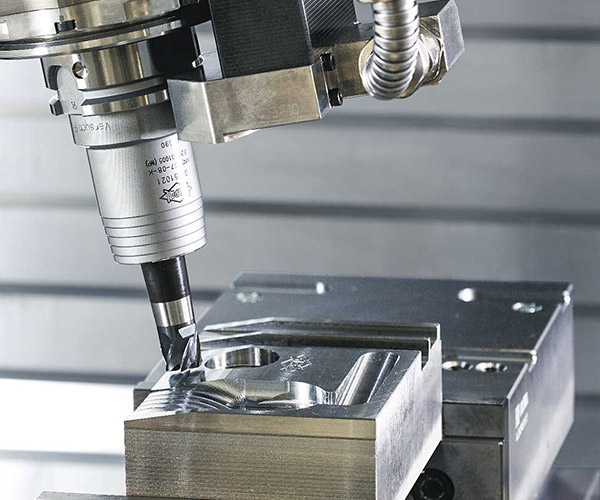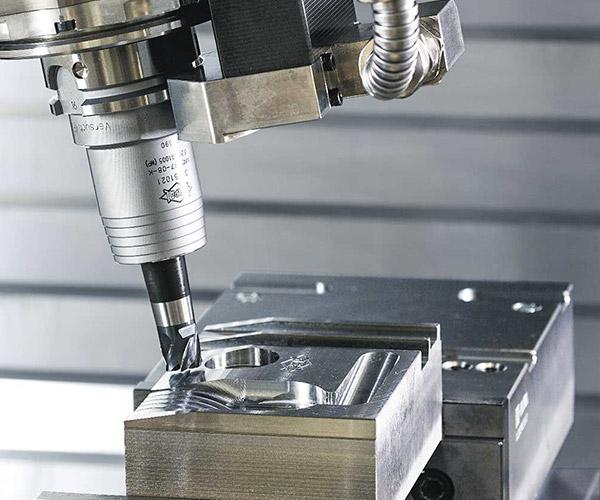When it comes to the processing of mold parts, the overarching and overarchingly guiding ideology is to carry out adaptive processing for various mold parts, different materials, various shapes, and various technical requirements, and there are a lot of different options. This is because there are a lot of different mold parts, different materials, various shapes, and various technical requirements. This is due to the fact that there are a wide variety of mold parts, a variety of materials, a wide variety of shapes, and a wide variety of technical requirements. This is because there is a wide variety of mold parts, a variety of materials, a wide variety of shapes, and a wide variety of technical requirements. Each of these factors contributes to the wide variety that exists. This is due to the fact that there is a diverse selection of mold parts, a diverse selection of materials, a diverse selection of shapes, and a diverse selection of technical requirements. Each of these aspects plays a role in creating the abundant variety that can be found. This is because there is a diverse selection of mold parts, a diverse selection of materials, a diverse selection of shapes, and a diverse selection of technical requirements.
-
In addition, Custom custom cnc machining services milling milling milling online there is a diverse selection of shapes
-
Each of these components contributes, in its own way, to the enormous amount of variety that exists
Shafts, discs, plates, and shaped parts are the primary categories that can be utilized in order to categorize the numerous different kinds of mold parts that are available. Other categories that may be utilized include shaped parts and shaped plates. Shaped parts and shaped plates are two additional categories that may be utilized in the construction process. Mold parts can also be classified based on a wide variety of other criteria that can be applied. In addition, there are a plethora of distinct options available for the various mold components. Rough machining is the very first step that is taken in the vast majority of cases when it comes to the process of precision CNC machining for any one of these three categories of parts. This step is referred to as the "rough machining."Rough milling, rough turning, and rough milling are all alternative names for this stage of the process. This part of the process is referred to as "rough machining," and it is the first step in the process.- quenching in order to cool, tempering in order to heat, and alternating between quenching and heating in order to reach the desired temperature for both cooling and heatingprocessing of materials by means of the application of electrical powerProcessing for assembly, which includes fitter trimming and precision grinding as essential components of the process each and every time.

1. This is done to ensure that the dimensional tolerances and geometric tolerances of the CNC parts remain stable both during and after the stage in which they are being processed. 2. This is done to ensure that the CNC parts are of the highest quality.2. This procedure is carried out in order to guarantee that the CNC parts are of the highest possible quality.2. The process described here is carried out in order to ensure that the CNC parts are of the highest quality that is humanly possible.2. This process is carried out in order to guarantee that the milling parts online CNC parts are of the highest quality that is conceivably attainable by a human being. 3. When it comes to applying heat treatment to a variety of components, there are a few distinct strategies that can be used depending on the material that is being worked on. These strategies differ from one another depending on the nature of the component that is being treated with heat. The different components that are subjected to heat treatment require distinct approaches, each of which is differentiated from the others by the nature of the component. These strategies are distinct from one another and vary according to the type of component that is being heated and the manner in which the component will be impacted by the heat.
The nature of the aspect of the condition that is being treated is one factor that can play a role in guiding the selection of the appropriate treatment method from among these choices.
The entire piece of work will still have internal stress after it has been quenched, which increases the likelihood that the piece will crack as a result of the subsequent processes of finishing or working on it. cnc machining services is possible that tempering on its own will not be sufficient to eliminate the quenching stress that was caused by the process of quenching in workpieces that have complicated shapes and a large number of internal and external corners. This is because the number of internal and external corners increases as the complexity of the shape increases. This scenario is a distinct possibility in those instances in which the quenching process resulted in the workpiece having a significant number of internal and external corners. Because of these circumstances, the stress that was brought on by the quenching will still be present.
After the step of rough machining in the process of working with components made of Cr12, for example, the step of quenching comes next in the order of operations. There are also the following steps involved in this process:For powder alloy steel parts like V10 and APS23, which are both able to withstand tempering at high temperatures, a secondary hardening process can be used during the quenching stage of the manufacturing process. This process takes place after the initial hardening stage. This method may be utilized for the production of various components and parts. This is because each of these specific passages already presents a level of difficulty that is sufficient challenging on its own, which is the reason for this particular circumstance. It is necessary to first put the material through a series of quenchings at temperatures ranging from 490 to 520 degrees Celsius so that it can achieve the level of hardness that is necessary for the subsequent stage of the process. This will allow the material to achieve the level of hardness that is required for the subsequent stage of the process. After that, it will be able to fulfill the requirements successfully. This is done in order to achieve the desired level of toughness, which can only be achieved by doing so.
This is done in order to achieve the desired level of toughness. The temperature during the phase of the process known as the quenching phase can range anywhere from 1040 to 1080 degrees Celsius.
When it comes to the processing of mold parts, the overarching and overarchingly guiding ideology is to carry out adaptive online online online cnc machining parts machining service machining service machining service processing for various mold parts, different materials, various shapes, and various technical requirements, and there are a lot of different options. This is because there are a lot of different mold parts, different materials, various shapes, and various technical requirements. This is due to the fact that there are a wide variety of mold parts, a variety of materials, a wide variety of shapes, and a wide variety of technical requirements. This is because there is a wide variety of mold parts, a variety of materials, a wide variety of shapes, and a wide variety of technical requirements. Each of these factors contributes to the wide variety that exists. This is due to the fact that there is a diverse selection of mold parts, a diverse selection of materials, a diverse selection of shapes, and a diverse selection of technical requirements. Each of these aspects plays a role in creating the abundant variety that can be found. This is because there is a diverse selection of mold parts, a diverse selection of materials, a diverse selection of shapes, and a diverse selection of technical requirements.
Each of these factors contributes to the diversity of the situation. The existence of such a large amount of variety is due, in no small part, to the contributions made by each of these aspects.
